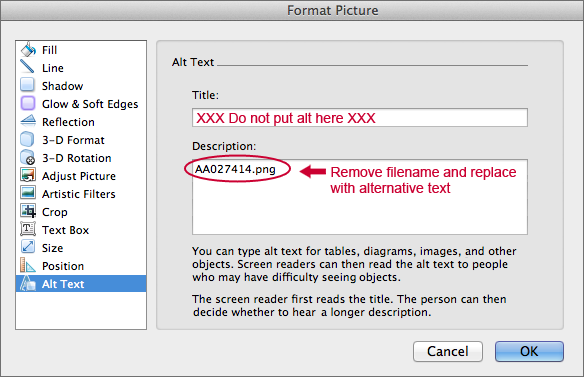

- #Where does powerpoint for mac show filename mac os x#
- #Where does powerpoint for mac show filename manual#
WordPerfect (the numbers following represent the version #) Lotus 1-2-3 (the numbers following represent the version #) To show or hide the filename extension, select or deselect Hide extension. Click the arrow next to Name & Extension to expand the section. PageMaker (the numbers following represent the version #) P=publication, T=templateĪSCII text (Mac text does not contain line feeds-use DOS Washer Utility to fix) On your Mac, select a file, then choose File > Get Info, or press Command-I. the file from xxx.pages to xx.zip Tt do this click on the filename of. See Showing File Extensions File ExtensionĬomma separated, variable length file (Open in Excel)įilemaker Pro databases (the numbers following represent the version #) If the menu has an option that says Show Package Contents you can just click. Note: If none of your file names have extensions, file extensions are hidden. Mac: Click File, click Save as Template, enter a file name, and click Save.
Example: PowerPnt.exe /n 'C:\Presentations\Q4Sales.ppt' /s 'Click the (ellipsis) next to the files name.
Example: PowerPnt.exe 'C:\Presentations\SevenWonders.ppt' /n '#Where does powerpoint for mac show filename manual#
If the file extension you are using is not listed below, you may find the information by looking in the software manual or software application's Web site. You can print out PPT files as handouts using the PRINT > PRINT WHAT. 'Enter the new file name in the input text box for Caption. Change the Icon to be displayed in the embedded document. Here, we inserted a file name Chapte 1.docx.

Note: This list is by no means a complete and exhaustive list of file extensions. Choose Create from File option and locate the file using Browse button.
#Where does powerpoint for mac show filename mac os x#
For example, if you have a Word 6 MAC OS X document named letter that you want to open in Windows, you need to rename the file letter.docx so that Word in Windows will recognize and open the file. If you want to open a MAC OS X file in Windows, you may need to add the extension to a MAC OS X file name so Windows can recognize it. For example, the doc extension tells your computer that the file is a Microsoft Word file. For example, in letter.docx the filename is letter and the extension is docx. Extensions are important because they tell your computer what icon to use for the file, and what application can open the file. The extension is a three- or four-letter abbreviation that signifies the file type. Windows file names have two parts the file's name, then a period followed by the extension (suffix).


 0 kommentar(er)
0 kommentar(er)
